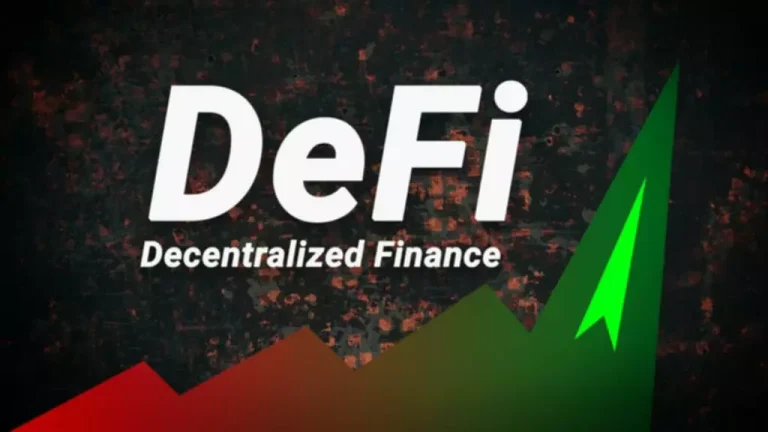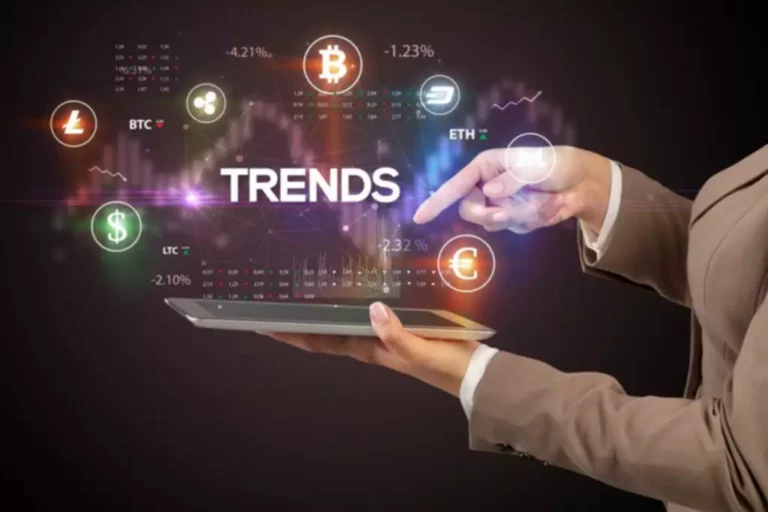After all, such a venue might be more attractive than one with less liquidity, as trades are more simply executed. In many cases, takers pay greater fees Constant function market maker than makers, as they don’t provide the liquidity that makers do. It’s widespread for giant traders and institutions (like those specializing in high-frequency trading) to take on the function of market makers. Alternatively, small traders can turn out to be makers, simply by putting sure order types that aren’t executed immediately. Their contributions are notably necessary when price discovery is difficult, such as during periods of high volatility or low participation. Thus, market makers play a structural in addition to transactional position in preserving markets practical, efficient, and equitable for all gamers.
Traits And Methods Of Market Makers

This helps environment friendly buying and selling and helps maintain liquidity in financial markets, especially when natural market members usually are not actively putting orders on either side of a transaction. The relationship between market makers and market takers is symbiotic; it’s the cornerstone of environment friendly market operate. Market takers present Market Makers vs Takers the activity and quantity that animate this framework. If you’ve ever bought cryptocurrencies from an change, you may have observed that there are sometimes maker and taker fees. These are costs that happen when orders are positioned and executed, and they are designed to incentivize makers into offering liquidity, which an change relies on to attract merchants. Cryptocurrency exchanges use a Maker/Taker mannequin to steadiness liquidity and encourage market makers to add liquidity, making Limit orders more helpful for buying and selling.
This methodology permits market makers to strategically manage their inventory and earn the bid-ask unfold. While makers are working to ensure there might be at all times liquidity out there, a taker’s main goal is to take away some of that liquidity by executing trades based on the costs that makers are offering. This allows them to carry out their strikes extra quickly than if they needed to negotiate their very own costs. Exchanges may also provide market makers incentives for supplying liquidity along with spreads.
Before taking any motion, you must all the time consult with your own monetary, authorized, tax, funding, or different skilled for recommendation on issues that have an result on you and/or your small business. It’s value noting that vital market orders from takers can have a notable impression on cryptocurrency costs. When large quantities of cryptocurrency are involved in Market orders, they take in liquidity. If there isn’t sufficient liquidity, prices can shortly fluctuate relying on the direction of the transaction.

With Out the participation of the two events, the trade won’t happen. Numerous exchanges derive a important portion of their earnings by levying buying and selling fees for matching customers. This implies that each time an order is placed and subsequently fulfilled, a nominal sum is incurred in fees.
This facilitates smoother and more environment friendly market operations, preventing stagnation. Makers feesWhen a maker creates a limit order, or quotes a buy and sell price, it will get added to the order book and provides the trade with liquidity. In other words, the maker is making a market and permitting others to make trades, so they obtain a share of the payment that the taker pays when executing a market order. Usually, makers are supplied some type of rebate, as they’re adding liquidity to the exchange. That’s good for business – prospective merchants suppose oh wow, look at this platform and its excessive liquidity, I should trade right here.

Market makers are particular person individuals or member corporations of an exchange that trades in securities for their very own account. They act as liquidity and depth providers for the market in exchange for with the power to profit from the bid-ask spread on numerous orders within the exchange’s order book. For example, if a market maker quotes ₹100 (bid) and ₹100.10 (ask), and executes trades at each, they earn ₹0.10 per unit. Whereas the margin is tight, the volume and frequency of transactions help accumulate income over time. On VALR, taker charges https://www.xcritical.com/ for spot crypto-to-crypto pairs like BTC/USDC start at zero.one hundred pc for Tier 1 users and reduce with higher trading volumes right down to zero.035%.
The account opening course of shall be carried out on Vested platform and Bajaj Monetary Securities Limited will not have any position in it. Although this report is disseminated to all the shoppers concurrently, not all customers could obtain this report at the similar time. We won’t deal with recipients as customers by virtue of their receiving this report.
For instance, a customer might arrive with a bag of apples they need to promote. They will announce to the vendors their desire to sell their bag of apples. Every vendor will announce the price they’re willing to pay, and the shopper will sell the apples to the vendor offering the highest worth. Market makers enhance market depth, offering greater liquidity for different merchants on the trade. Takers, on the other hand, place orders immediately purchased or stuffed, consuming one of the best obtainable price on the orderbook for the given order size.
- Remember the makers laying out their products on the cabinets and waiting for patrons to come?
- Their collective demand for getting or promoting influences market trends and plays a task in price discovery.
- Before embarking on a comprehensive dialogue about makers and takers, it’s essential to delve into the idea of liquidity in larger detail.
- Their core function is to make sure a counterparty is generally available for any trade.
AMMs often use a predefined mathematical equation to establish the connection between the property held within the liquidity pool. LPs are rewarded with a certain proportion of the charges paid on transactions executed in the pool. They also obtain governance tokens of the protocol in addition to the customers. Gaining information about market makers helps one understand how contemporary markets function quietly behind the scenes. This comparability clarifies the difference between a market maker and a Designated Market Maker. While both contribute to monetary markets, the latter has clearly defined duties and higher accountability for orderly market function.
Nevertheless, these costs differ across different exchanges and might also fluctuate based mostly on the scale and role of your trading activities. Trying to sell an asset inside such a market becomes challenging because of the limited demand, thereby impeding the achievement of a good price. Consequently, illiquid markets frequently expertise significantly wider bid-ask spreads. This level of activity tends to converge the pursuits of consumers and sellers, leading to a close proximity between the lowest sell order (ask price) and the highest buy order (bid price). Consequently, the difference between these costs, generally known as the bid-ask spread, stays minimal or tight.
Pro Traders
Market makers actively shape market dynamics through their consistent placement of buy and promote orders. Their activity is crucial for making certain markets remain useful, even during periods of low volume or excessive volatility. With Out their presence, many monetary markets would lack the depth wanted for environment friendly operation.
Each participant out there inevitably suits into considered one of these classifications – certainly, as a dealer, you’re prone to embody both roles at completely different junctures. Makers and takers stand as the pivotal agents animating numerous buying and selling platforms, distinguishing robust exchanges from feeble ones by way of their presence or absence. Market takers do not generate income directly from the unfold in the identical method.
The Taker charge is the transaction cost paid by the market taker and is usually higher than the Maker fee. This structure rewards and encourages the liquidity-providing action of market makers, as they add orders to the order e-book with out altering the market price, contributing depth and stability to the market. On the other hand, the higher Taker fee encourages customers to add new orders to the market as an alternative of instantly using present orders, helping to hold up the overall liquidity and well being of the market.
A market taker is any particular person or entity executing a commerce by accepting a price currently quoted by a market maker or in any other case available on the order guide. Unlike MMs, who supply liquidity, MTs devour that liquidity by putting orders that match existing bids or provides. They work to ensure a counterparty is kind of all the time out there for merchants wanting to purchase or promote. This function becomes notably important during times of high market stress or volatility when natural liquidity might otherwise become scarce. That doesn’t necessarily imply, nonetheless, that market makers are spoiling the efforts carried out by market makers.
